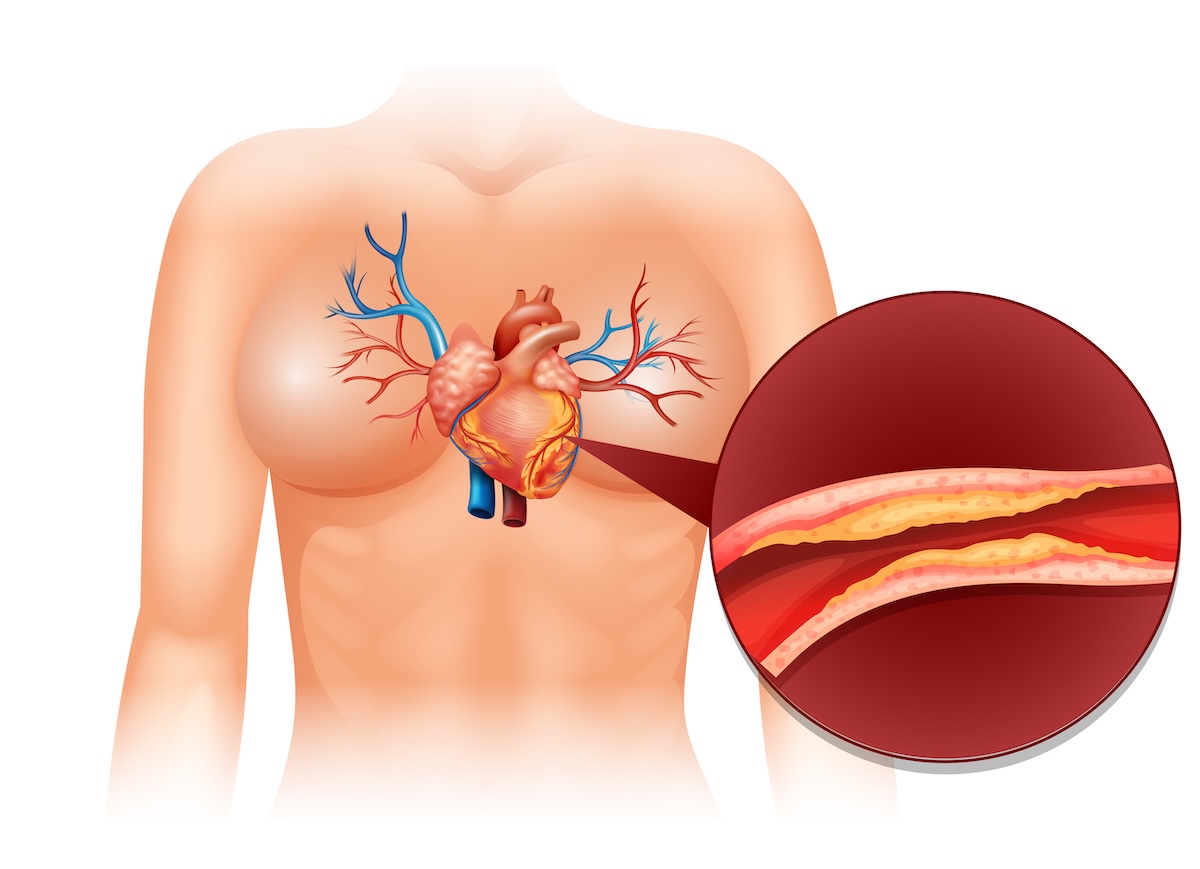Cholesterol is a waxy, fat-like substance found in your blood. Your body needs cholesterol to build healthy cells, make hormones, and support digestion. But having too much cholesterol—especially the wrong kind—can raise your risk of heart disease and stroke. That’s why keeping your cholesterol levels in a healthy range is so important for your long-term health.

Cholesterol comes from two sources: your liver makes some naturally, and you also get it from foods like meat, dairy, and processed items high in saturated and trans fats. When you have too much bad cholesterol in your blood, it can build up on the walls of your arteries, making them hard and narrow. This is called plaque, and it can lead to heart problems over time.
The good news is that simple lifestyle changes can help you manage your cholesterol and protect your heart, whether you’ve been told your levels are high or you just want to stay healthy.
Understanding Cholesterol Numbers
Cholesterol is measured with a blood test called a lipid panel. This test shows different types of cholesterol in your blood:
-
Total cholesterol: This is the overall amount of cholesterol in your blood.
-
LDL cholesterol (low-density lipoprotein): This is often called “bad” cholesterol because it can build up in your arteries.
-
HDL cholesterol (high-density lipoprotein): This is the “good” cholesterol because it helps remove LDL from your blood.
-
Triglycerides: These are another type of fat in the blood that can also raise your heart disease risk when levels are high.
The goal is to have lower LDL and triglycerides, and higher HDL. These numbers can vary depending on your age, sex, and other health factors. Below is a simple chart that shows healthy cholesterol levels by age, along with what’s considered high.
| Age Group | Total Cholesterol (mg/dL) | LDL (Bad) Cholesterol | HDL (Good) Cholesterol | High Cholesterol (Total) |
|---|---|---|---|---|
| Children (6–19) | Less than 170 | Less than 110 | More than 45 | 200 or higher |
| Adults (20+) | Less than 200 | Less than 100 | 40 or higher (men) / 50 or higher (women) | 240 or higher |
These are general guidelines. If you have diabetes, high blood pressure, or a family history of heart disease, your doctor might recommend different goals based on your risk.
What Affects Cholesterol Levels
Many things can influence your cholesterol levels. Some of them, like your age and genetics, are out of your control. But many others are things you can manage through lifestyle choices. Eating foods high in saturated fat, not getting enough physical activity, smoking, and being overweight can all raise LDL cholesterol and lower HDL.
Even stress, alcohol use, and certain medications can affect cholesterol levels. Understanding what impacts your numbers can help you make better choices and reduce your risk of heart problems.
It’s also possible to have high cholesterol and feel totally fine. That’s why regular checkups and blood tests are so important. There are no clear symptoms of high cholesterol until it causes serious damage, like a heart attack or stroke.
Healthy Habits To Lower Cholesterol
One of the most effective ways to manage your cholesterol is by changing what you eat. A heart-healthy diet focuses on reducing saturated fats (found in red meat and full-fat dairy) and trans fats (found in processed snacks and fried foods). Instead, choose foods rich in fiber and healthy fats, such as:
-
Oats, beans, fruits, and vegetables
-
Nuts like almonds and walnuts
-
Fatty fish like salmon and sardines
-
Olive oil and avocado
These foods help lower LDL levels and improve HDL. Eating more fiber helps block some cholesterol from being absorbed into your bloodstream, while healthy fats can help raise good cholesterol.
Exercise is another key part of cholesterol management. Try to get at least 30 minutes of moderate activity—like brisk walking, biking, or dancing—most days of the week. Physical activity helps raise HDL and lower triglycerides.
If you smoke, quitting can raise your good cholesterol and lower your heart disease risk quickly. Limiting alcohol, getting enough sleep, and managing stress can also support your heart health.
Treatment Options If Lifestyle Isn’t Enough
For some people, especially those with very high cholesterol or a strong family history, lifestyle changes might not be enough. In these cases, doctors may recommend medication. The most common type is statins, which help lower LDL levels and reduce the risk of heart disease.
Other medicines may be used if statins don’t work or cause side effects. These include cholesterol absorption inhibitors, bile acid binders, or PCSK9 inhibitors. If your doctor prescribes medication, it’s still important to continue with healthy habits—medicine works best when paired with diet and exercise.
Doctors usually check your cholesterol every 4 to 6 years if your levels are normal. If you have high cholesterol or other risk factors, you may need to test more often. Always follow your doctor’s advice on how often to get checked.
When To See Your Doctor
If you’ve never had your cholesterol checked, it’s a good idea to do it starting in your twenties. Earlier testing may be needed if you’re overweight, smoke, or have diabetes or high blood pressure. Children with a family history of heart disease should also be tested.
If your cholesterol is high, your doctor can help create a plan that’s right for you. This might include diet changes, exercise goals, or medication. Don’t wait until symptoms show up—early action can prevent serious problems later.
Even if your cholesterol is in the healthy range, it’s worth keeping up with your habits. Regular check-ins, smart food choices, and staying active can keep your numbers on track and your heart strong.

